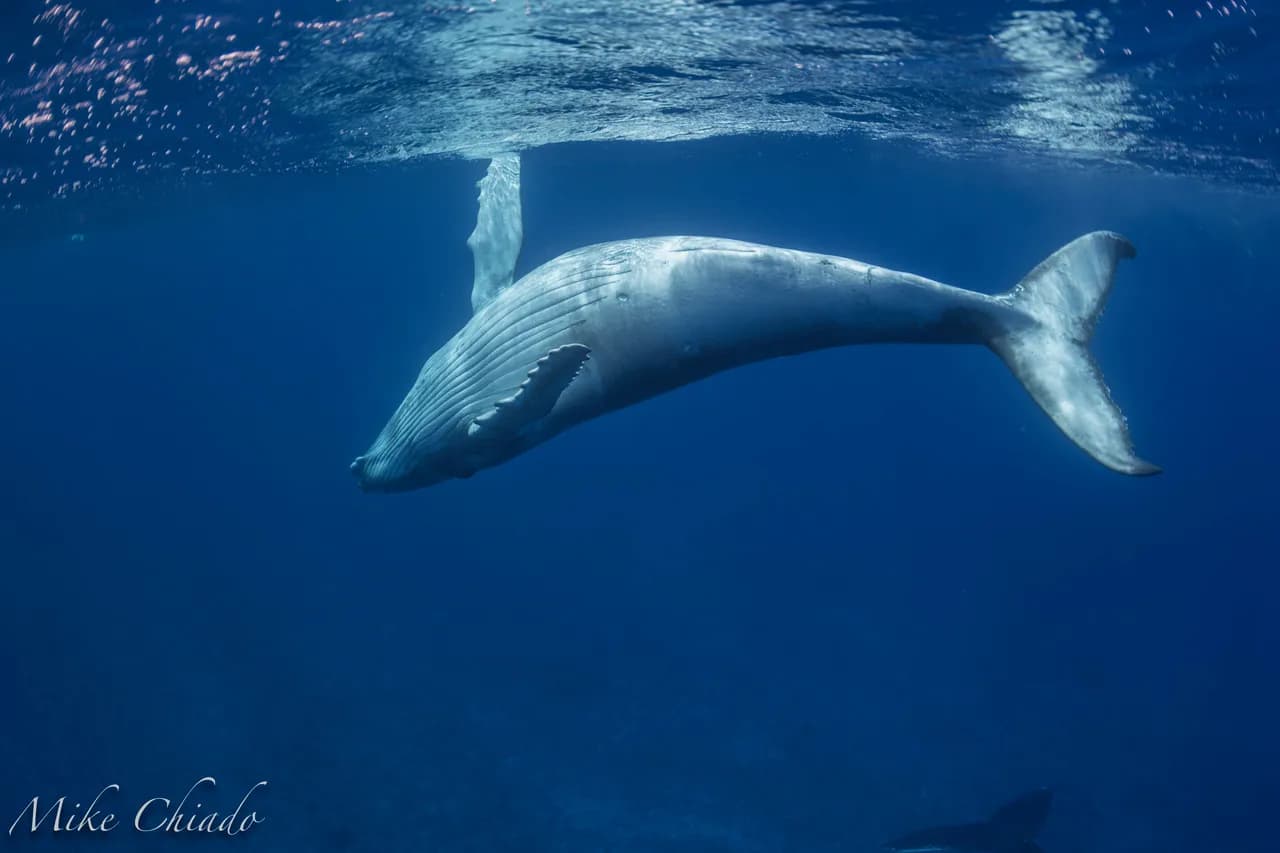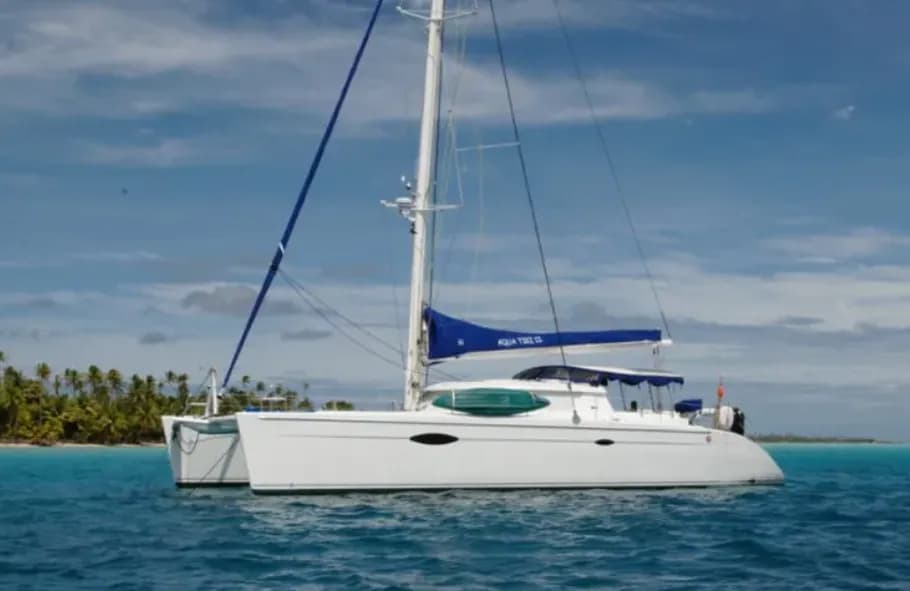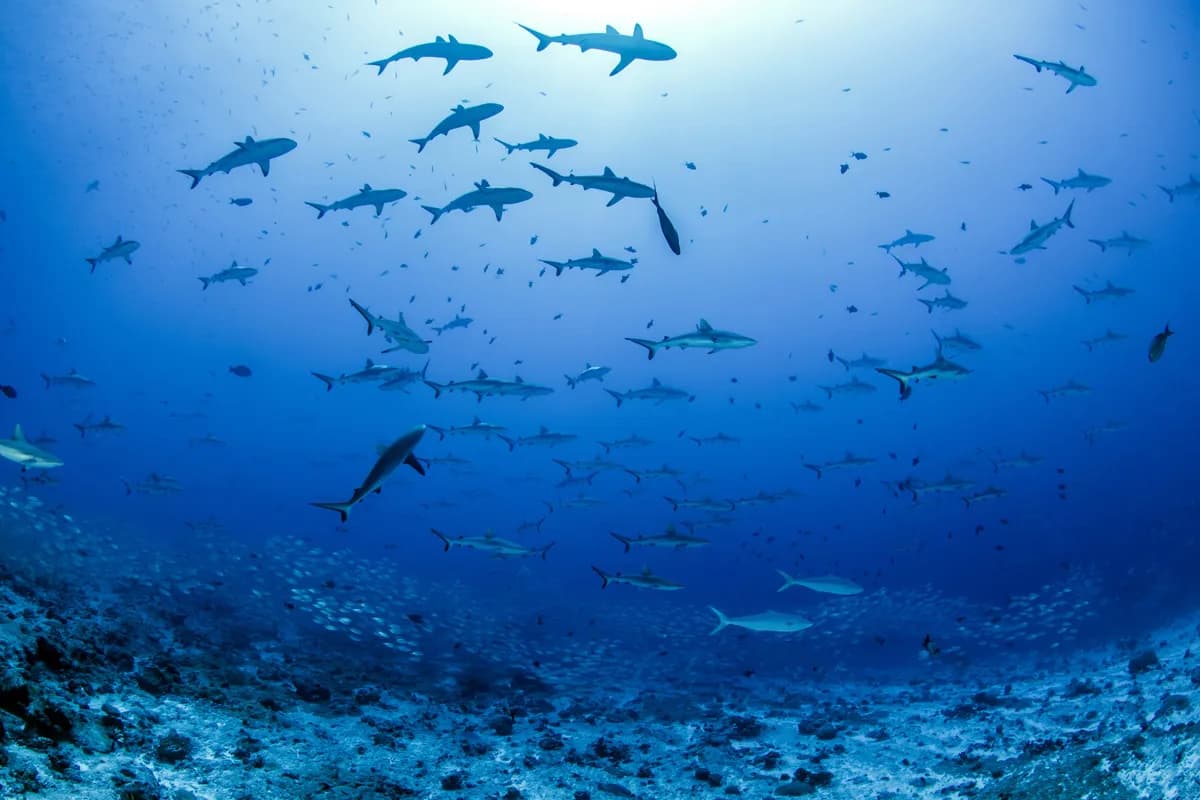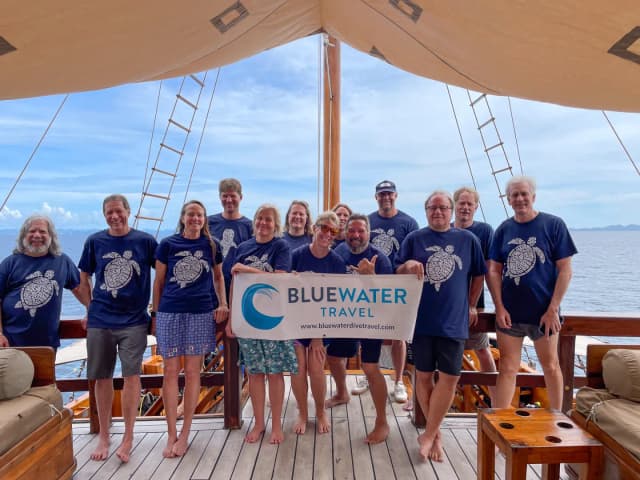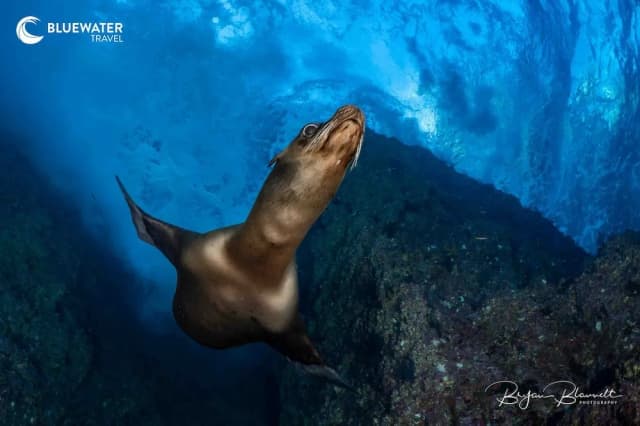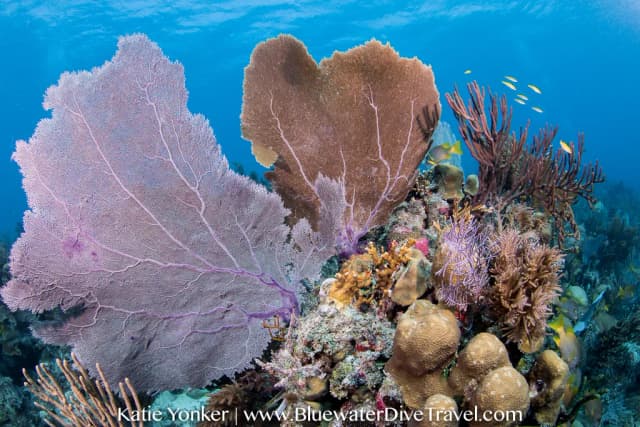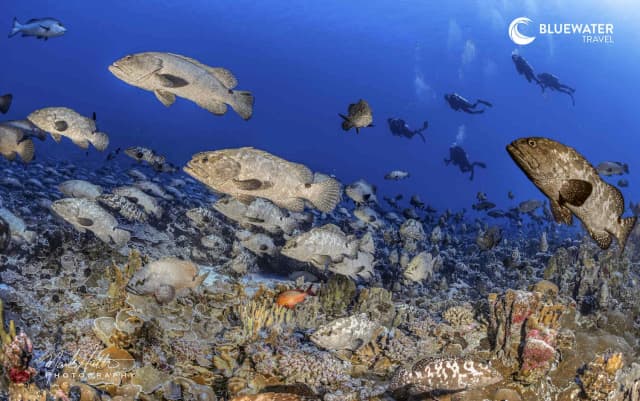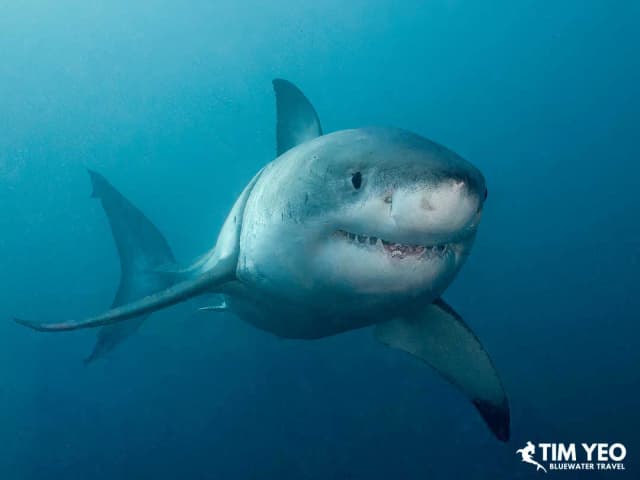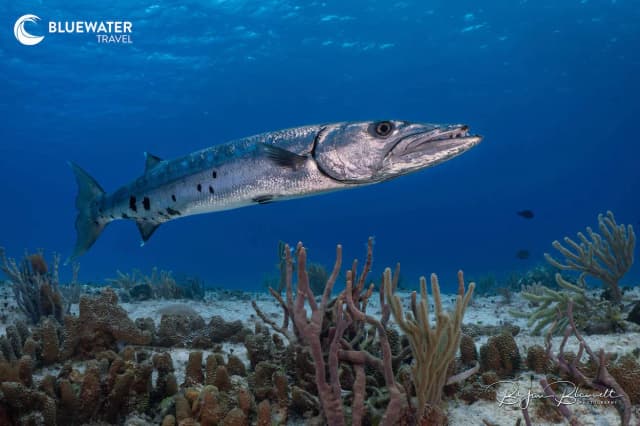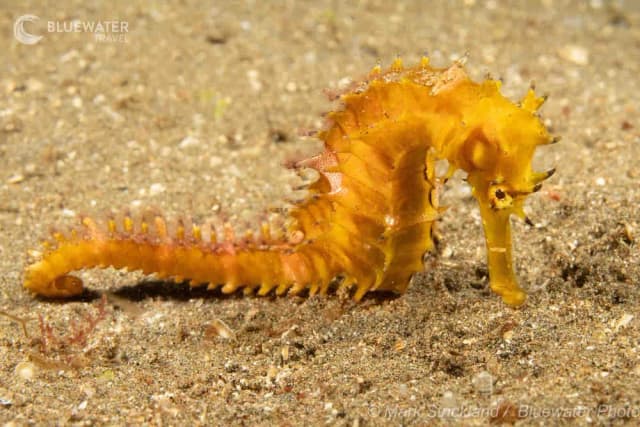Moorea Trip Report
Bluewater Travel Humpback Trip, Sept 2021
Words And Photos By Mike Chiado
Camera gear: Nikon D850 on Nauticam DA-850 housing, Nikon AF-S 8-15mm fisheye lens, 1.4x Kenko extender, Nauticam 140mm glass fisheye optical dome port.
Editors Note: Of the five Bluewater Moorea Whale Snorkeling trips scheduled for 2021, four were postponed due to local covid lockdowns in French Polynesia. Whether our final trip of the season would proceed was touch and go, but thanks to a huge effort from the Bluewater team, our operators in Moorea, some cooperative whales, and the flexibility and understanding from our guests on the trip, we were able to pull off a fantastic week!
The COVID-19 pandemic caused our trip to be uncertain until less than a week before departure. There was also another twistnewly mandated lockdown hours in French Polynesia to minimize the spread of the virus.Hence, no activities were allowed outside of the resort property on the weekend after Saturday, 2 pm until Monday, 4 am, and every weekday after 8 pm. Non-pandemic era trips have days to allow for bad weather to help ensure a full five days on the water with the whales. With this lockdown and no variation of the scheduled days on the water possible, we entered the week with fingers crossed for good weather every day.
Arrival, Boat, And The Crew
Our group arrived in Moorea separately, some choosing to stay at alternate resorts for the lockdown weekend before the days on the water.By Monday, 7:30 am, all were assembled to meet the crew and boat on the dock at our resort, Hotel Kaveka. Before loading our gear onto the boat, the captain and guide went over safety procedures and how to interact with the whales. For the safety of the whales and our group, it was noted that the boat needed to stay 100 meters from the whales, swimmers, 10 meters, and no diving below the surface was allowed.One interesting whale behavior drove how our encounters would proceed baby humpbacks stay underwater only 5 minutes, while adults up to 25 minutes.
The boat employed for the trip is a 7.5-meter semi-inflatable with a 300hp motor. It was roomy enough for our group of five, plus two crew, gear, and food. The boat is agile and fast when needed. The sides of the boat provide air-filled chambers for seating, being especially nice if the seas were to get rough.

The days began with the crew making contact with other boats for any reports of whales around Moorea. Using noted sightings, we set off looking for signsbreaches, tails sticking up as the whales dive, or water spouts. Once a whale or a tell-tale sign was spotted, the boat approached. If no other activity was noted for a period of time longer than the length of time a baby humpback can stay underwater, the guide would swim to the area for a closer look. If the guide spotted a whale, our group got in the water and headed toward the guide. Once near the whale, we wouldposition ourselves near the head of the whale and hope she/he would surface near us. Sometimes we were lucky, other times the whale would just continue moving underwater and surface far from us.
The Trip
Day 1
Our first day on the water was spectacular!A mom and baby humpback stayed around us for a couple of hoursa very long time in my experience.The baby was super playful and spent most of the time interacting with his momrubbing his back and belly against mom, barrel rolling around sides, slowly swimming with his belly against her nose. Truly heart-melting to witness.

Day 2
The second day on the water brought a couple ofmalessocializing with a female, involving lots of tail slapping on the surface. Our crew deemed the event too risky for us to enter the water. After the slapping died down we entered the water only to have the whales swim away.

After a couple of hours on the lookout, we had another long interaction with a different mom and baby from the previous day.The mom stayed a bit deeper with the baby swimming between the surface and the comfort of mom 40 below. The mom would periodically come up and lift her calf to the surface making sure to have access to life-preserving air.


The wind started to kick up and we headed to the calmness of a lagoon for lunch. The morning had been long, lunch late, and swells growing. After a short search for some males reported to be singing in the area, the group decided to get out of the choppy seas and spent the last few hours in a spot known for turtles, eagle rays, and the shallow stingray city.As promised, we did see half a dozen turtles, a hand full of eagle rays, and had close interactions with stingrays with blacktop reef sharks swimming in the area but too shy to come close.The day ended with the group choosing dinnerat the local pizza place, Allo Pizzaa six-minute walk from the hotel.
Day 3
The third day had a slow start. No whale encounters for the first three hours. Then the crew received a call from a fisherman who spotted a mom and baby. By the time we arrived, three or four other boats already had swimmers in the water. We spent an hour or so in the water with good interaction.Our group followed our now usual routine of finding a calm lagoon for lunch and afterward returned to the same site where we spent the rest of the day.We were lucky enough to have the curious calf coming close to check us out.

Day 4
The fourth day on the water was poor for whale sightings. Only fleeting glimpses most of the day. However, we did experience a male singing below us for ten minutes. When in the water, the sounds resonate through your body and create a sense of awe. Very thrilling for those in our group who had not experienced it before.By 2 pm, everyone was tired of long swims and chose to spend the remaining time at stingray city.
Day 5
The last day, number five, was as spectacular as the first. Amazing encounters with a playful calf and trusting mom. Lots of tail slaps, barrel rolls, and baby breaches. The mom, below the baby and our team, would start moving quickly away from us instead of the usual floating to the surface for air, then leap from the water coming down with a big splash. She did these breaches repeatedly, in one case three times during one of her surface intervals. Truly awe-inspiring.


Our group was delighted with the entire experience and thrilled to have 4 out of 5 exceptional days with the whales in Moorea. The weather was cooperative without forcing any days to be lost.Since my previous visit, the Tahitian charter company supplying the boat and crew has found a new chef to prepare the daily onboard lunches. While the previous chef was good, the new provider is even better, prompting unsolicited comments about the tastiness of the lunches from our group, including from the vegetarians and vegan. We threw a small party for the crew after we got back to the dock on this last water day,having purchased food and drinks in advance at the local market. The party stretched into the night with others from the hotel joining, and one of the crew retrieving his guitar from home.Yet another surpriseour guide is a professional musician, too.
Final Tip:
One parting comment. Those that didnt bring 3mm wetsuits found themselves purchasing them on the island. For those that couldnt find their size wetsuit, our group loaned any extra items brought along. While the water in French Polynesia is warm, multiple hours immersed, plus wind exposure while looking for whales from the boat makes for a colder experience than most would anticipate.
Join our next whale snorkel trip:
French Polynesia August/September 2022 Trips
